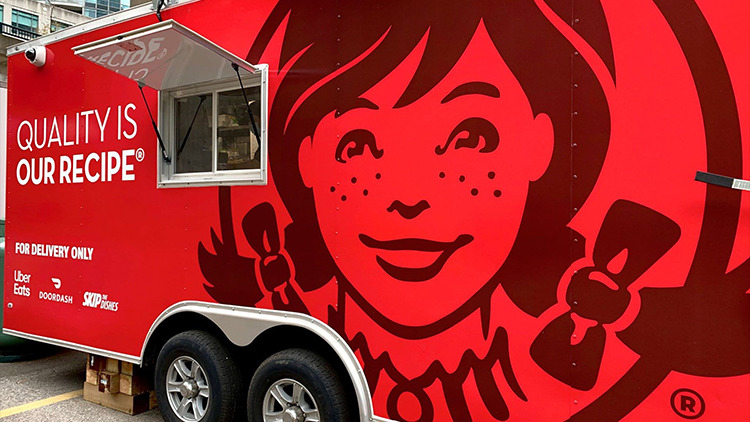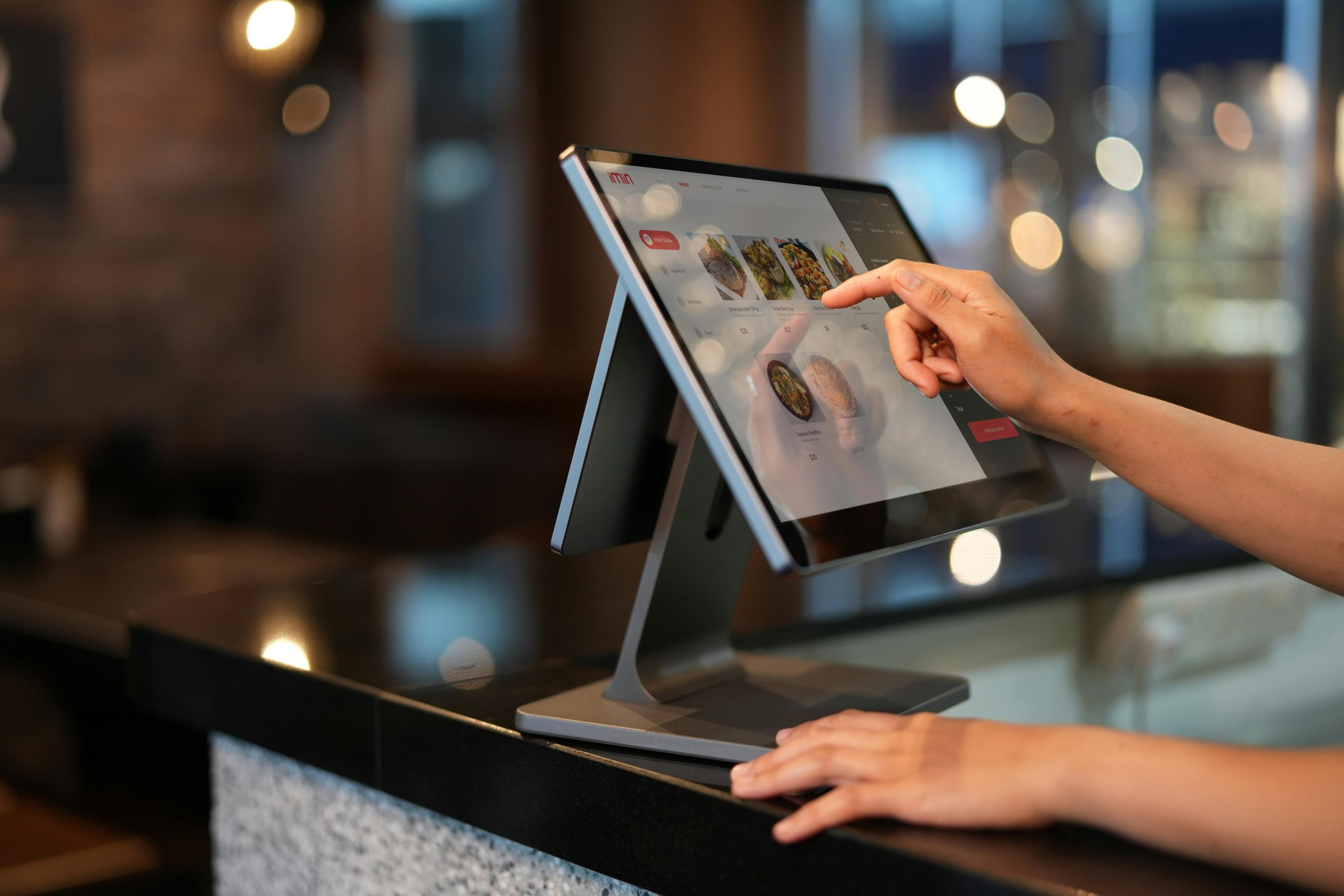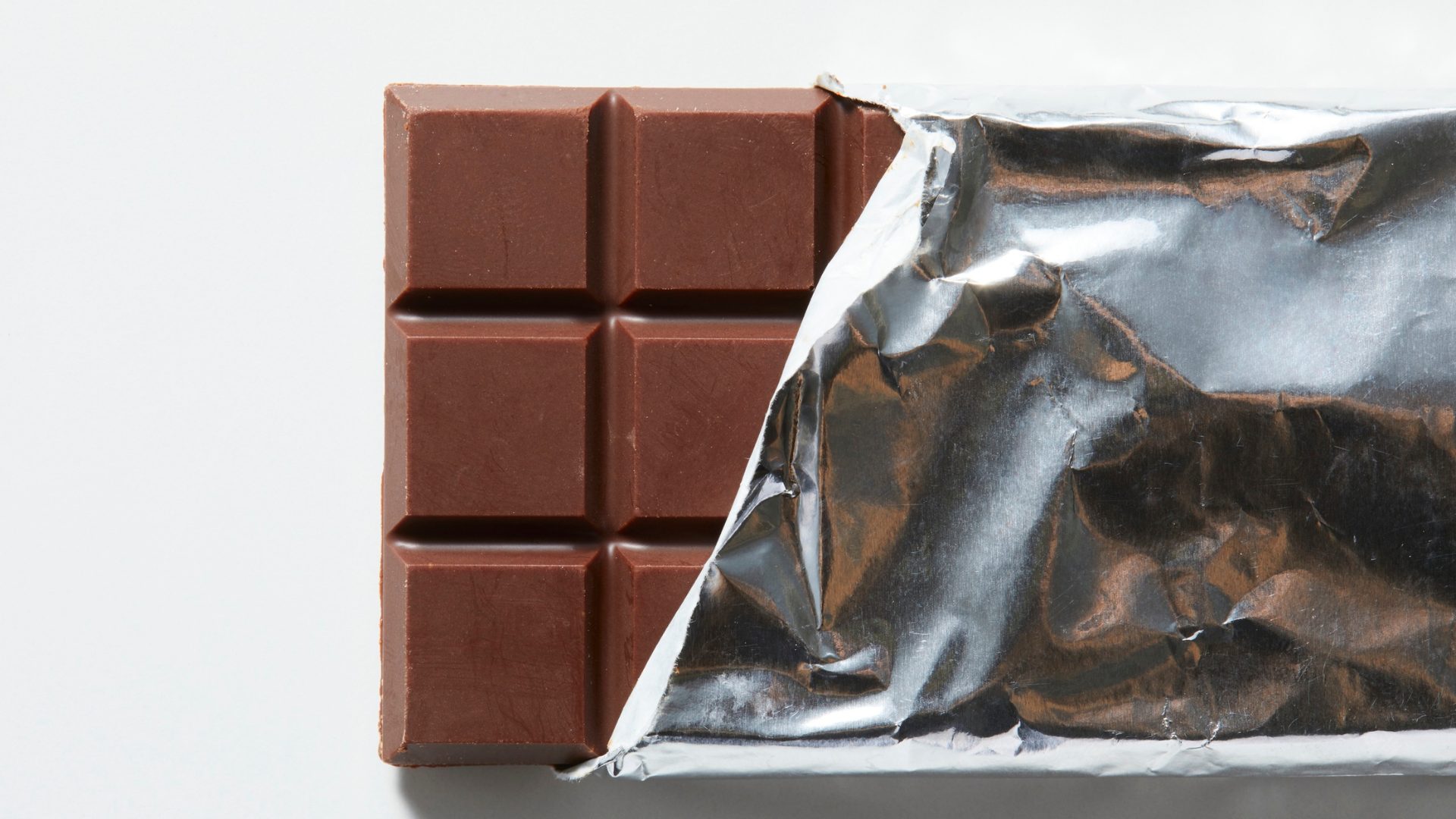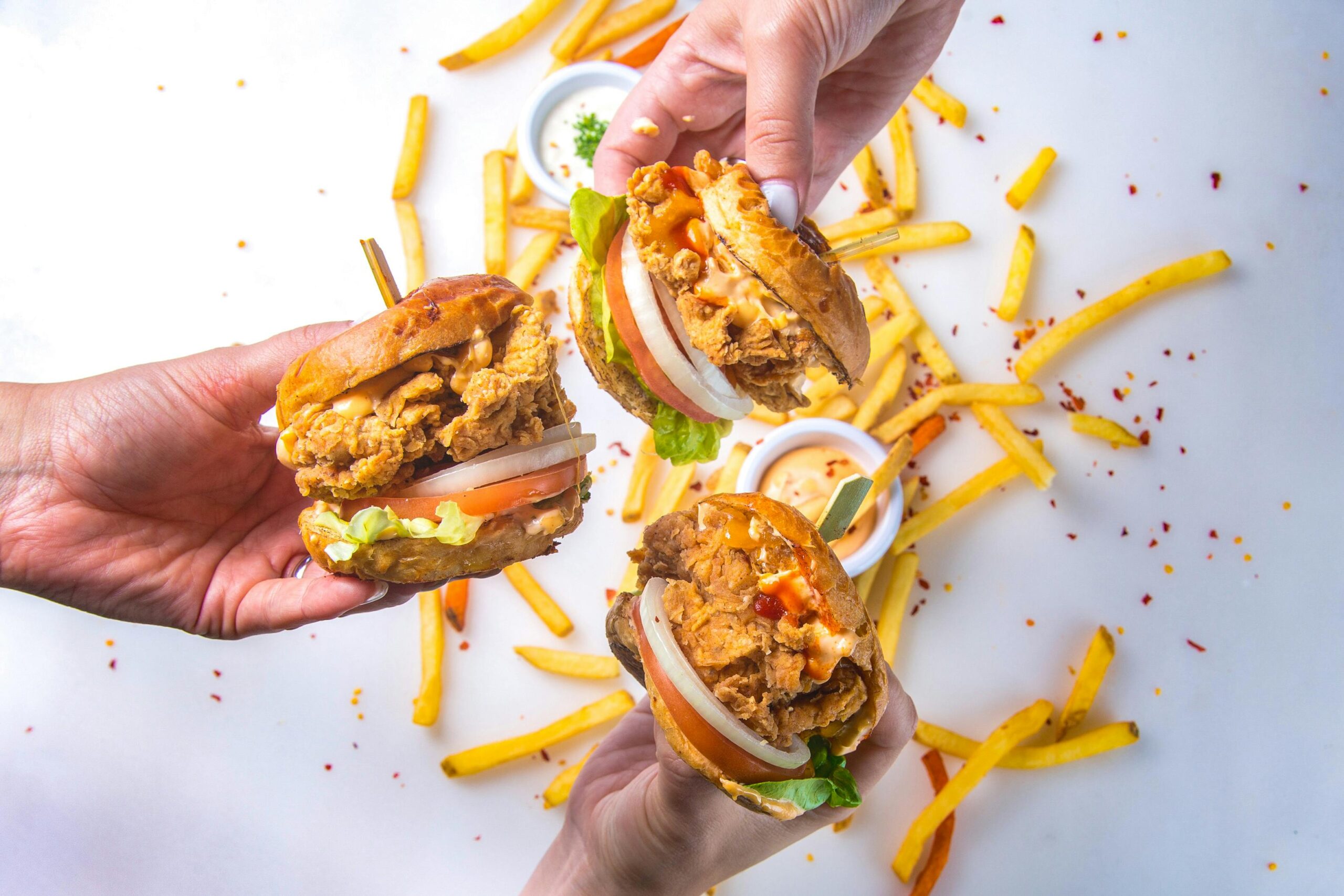Wendy’s plans to cut back on its use of ghost kitchens, but experts told The Food Institute such operations likely are here to stay.
Restaurant Business reported (Aug. 10) Wendy’s had determined its deal with Reef Kitchens is not performing as well as hoped, prompting a re-evaluation that could lead to the closure of 70 Reefs, leaving the fast-food chain with just 65 in the U.S., Canada and the U.K. Originally, Wendy’s had planned to open 700 sites globally; that number has been pared to 100 to 150 locations, the report said.
On the other hand, Kitchen United secured $100 million in its latest round of funding from the likes of Burger King parent Restaurant Brands International, Kroger and Simon shopping malls, Forbes reported (Aug. 1).
Experts told The Food Institute Wendy’s decision likely is an outlier, given the popularity of delivery options, restaurateurs’ ability to try out new recipes without disrupting their on-site operations and the relatively lower start-up costs in new or underserved markets.
STRAINED PROFITABILITY
“The trend for food delivery will continue and ghost kitchens will be a part of the growth,” said Andy LaPointe, owner of TraverseBayFarms.com. LaPointe has two locations in resort areas of Northern Michigan, serving seasonal deli items. “But the additional cost of delivery apps and takeout containers has strained the profitability of ghost kitchens.”
LaPointe also noted that to maximize the customer experience, ghost kitchen workers need to memorize recipes – often juggling more than one restaurant’s needs – to speed customer service.
Muhammad Ahsan Ahmed, founder and CEO of 2030 Kitchen Inc., said there are two types of ghost kitchens: a brand that outsources its business to another operator and a business that has moved some or all of its operations from brick-and-mortar to a hidden model.
“I feel ghost kitchen arrangements for the first type will struggle, and brands might cut back on this kind of arrangement. Moreover, we feel the second type of ghost kitchen may flourish relatively more easily,” Ahmed said.
Ahmed said his company, which operates in Pakistan and elsewhere, is investing more time and money in ghost operations, paying close attention to what works and doesn’t.
“The biggest issue is the cost of customer acquisition, plus there is a lack of expertise regarding ghost kitchens. Figuring out the right model, the right pace and having patience are what we think will help us unleash the mammoth potential,” he said.
AGGREGATORS A KEY FACTOR
Whether restaurants cut back on their use of ghost kitchens largely depends on what a restaurant is serving and whether the advantages of having an off-site operation benefits current dine-in or take-out services, said Bilal Sheikh, founder and CEO of Lettus Kitchens.
“Suppose a restaurant is a concept that fares well for online delivery, for example, fast food. In that case, scaling via ghost kitchen makes business sense provided the restaurant can drive online orders through aggregators without frequent discounts … and has its own direct ordering online channel,” Sheikh said.
“If the latter isn’t something the brand is good at or wants to be good at, the margins earned through aggregators will consistently be low. They will often prompt the brand to either consider having a takeaway window, a dine-in facility, or constantly discounting orders to generate volume.”
And with the waning of the pandemic, the urgency to open ghost kitchens has diminished.
“A big lesson is that businesses are often built with a long-term perspective. Ghost kitchens may not necessarily fit into that long-term vision if the brand wishes to scale its commission-less revenue while opening up dine-in or take-out to engage with customers and build brand equity,” Sheikh added.











